10 branded images of Portugal that make amazing gifts
This year start your list in advance, All About Portugal helps: they are branded images of Portugal and great ideas for Christmas gifts.
They are branded images of Portugal and original ideas for unique gifts this Christmas! Some have already visited Hollywood, others have stepped on the moon and there are those who have taken the stage with the most popular international pop stars. If you love Portugal and want to offer gifts that reflect that passion, check out our list: from gastronomy to jewelry, including weaving or cork, we have 10 suggestions for you. There are offers for different prices, sizes and tastes, but they all have in common centuries of tradition and a lot of Portugal in the mix.
Barcelos Rooster
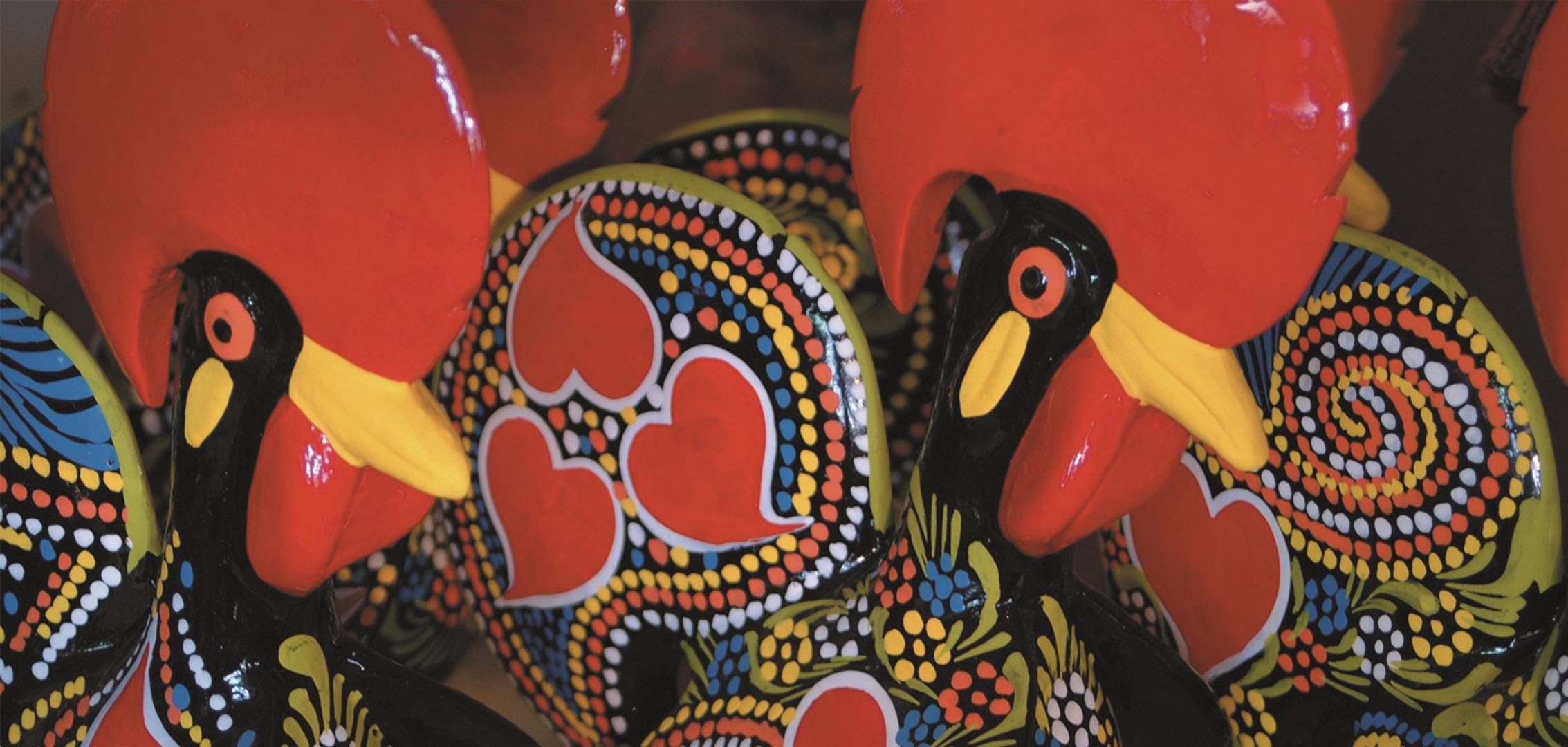
It is one of the most relevant symbols of Portuguese popular culture, and it is impossible to talk about branded images of Portugal without thinking about it. Originally very kitsch – colorful, made of clay and the incarnation of a medieval legend – today it is possible to find it in the most varied forms and reinterpretations, shades and sizes. The figure became truly “grandiose” with the artist Joana Vasconcelos and her "Pop Galo", a work with 10 meters high and four tons, which toured the world!
Port Wine
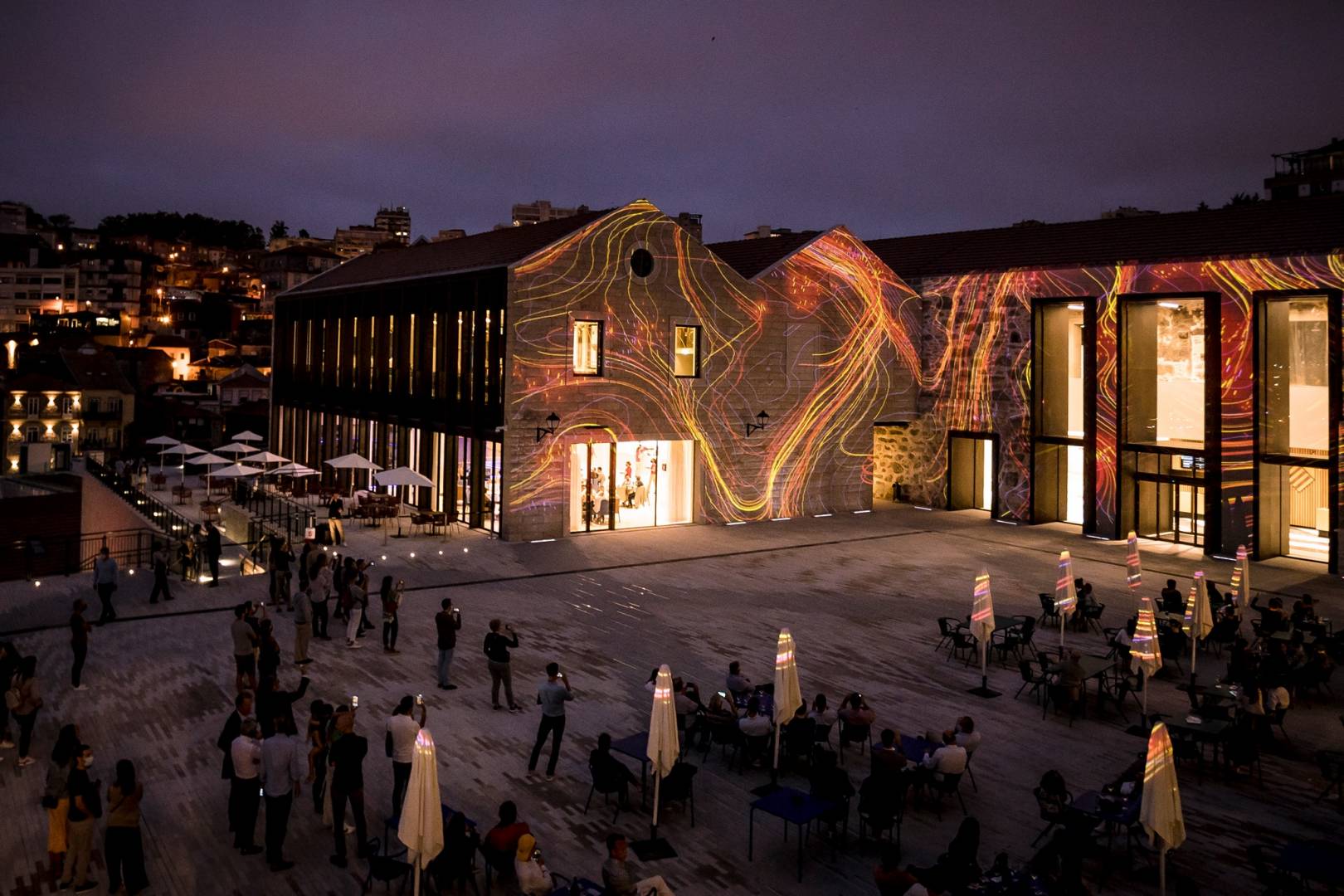
This is another of Portugal's world-renowned branded images. There are several history versions of this nectar produced in the Demarcated Region of the Douro: the English argue that they were the “discoverers” of wine – in the 17th century – as it is today, by adding brandy to it, while the Portuguese claim that the process of obtaining this wine has been known for a long time. Details aside, it is consensual that it is a unique wine due to the climate and the unique properties of the land, and it exists in White, Ruby and Tawny.
Tiles
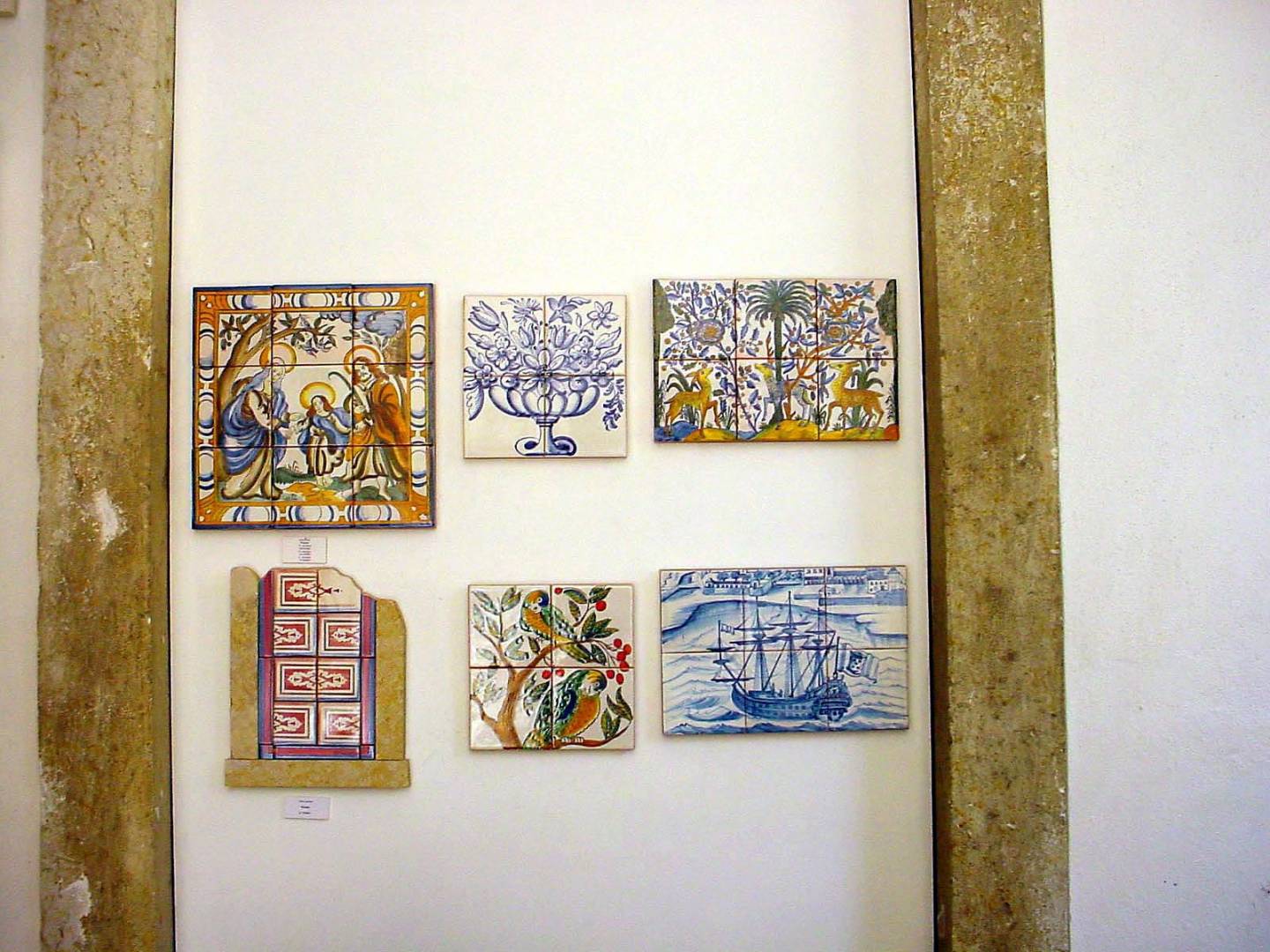
They told stories and you can find them all over Portugal, whether in monuments, gardens, staircases or private homes. Used by Muslims in the Middle Ages, they gained a privileged place in architecture from the 15th century onwards and spanned several centuries. But they don't just have to be in photographs or postcards. In a classic or more modern version, they can be added to your Christmas gift list and will make a beautiful souvenir of Portugal.
Burel
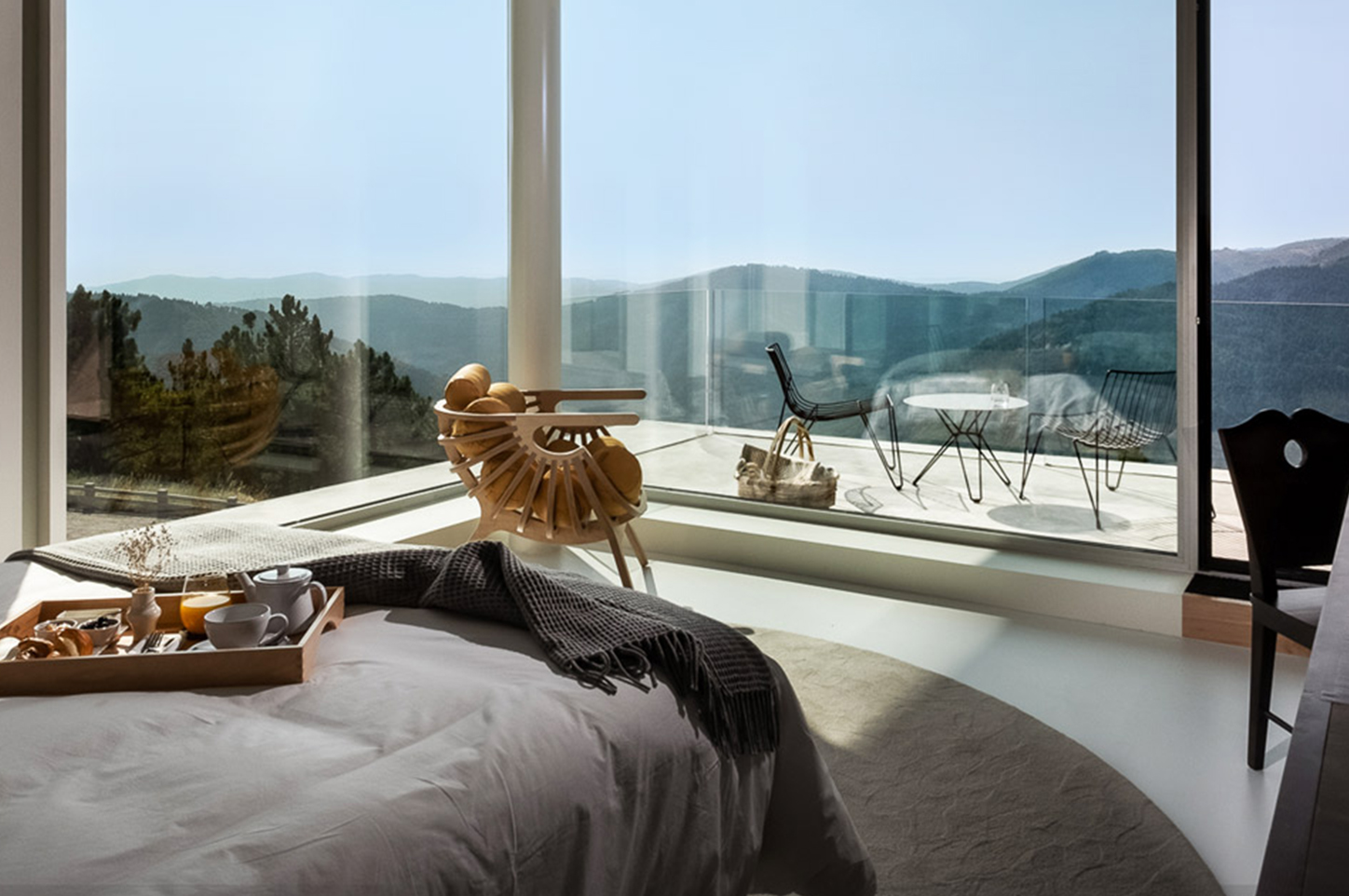
Directly from the Serra da Estrela sheep, and “reborn” from an ancestral tradition that dressed the mountain shepherds, "burel" is currently a versatile, durable and resistant fabric, associated with creativity and design. These qualities result from its particular manufacturing process, in which the fabric, after weaving, goes through a machine that beats and scalds the wool, which gives the cloth strength and a compact look. In addition to clothing and household linen, it is used in decorative objects, design and architecture.
Filigree
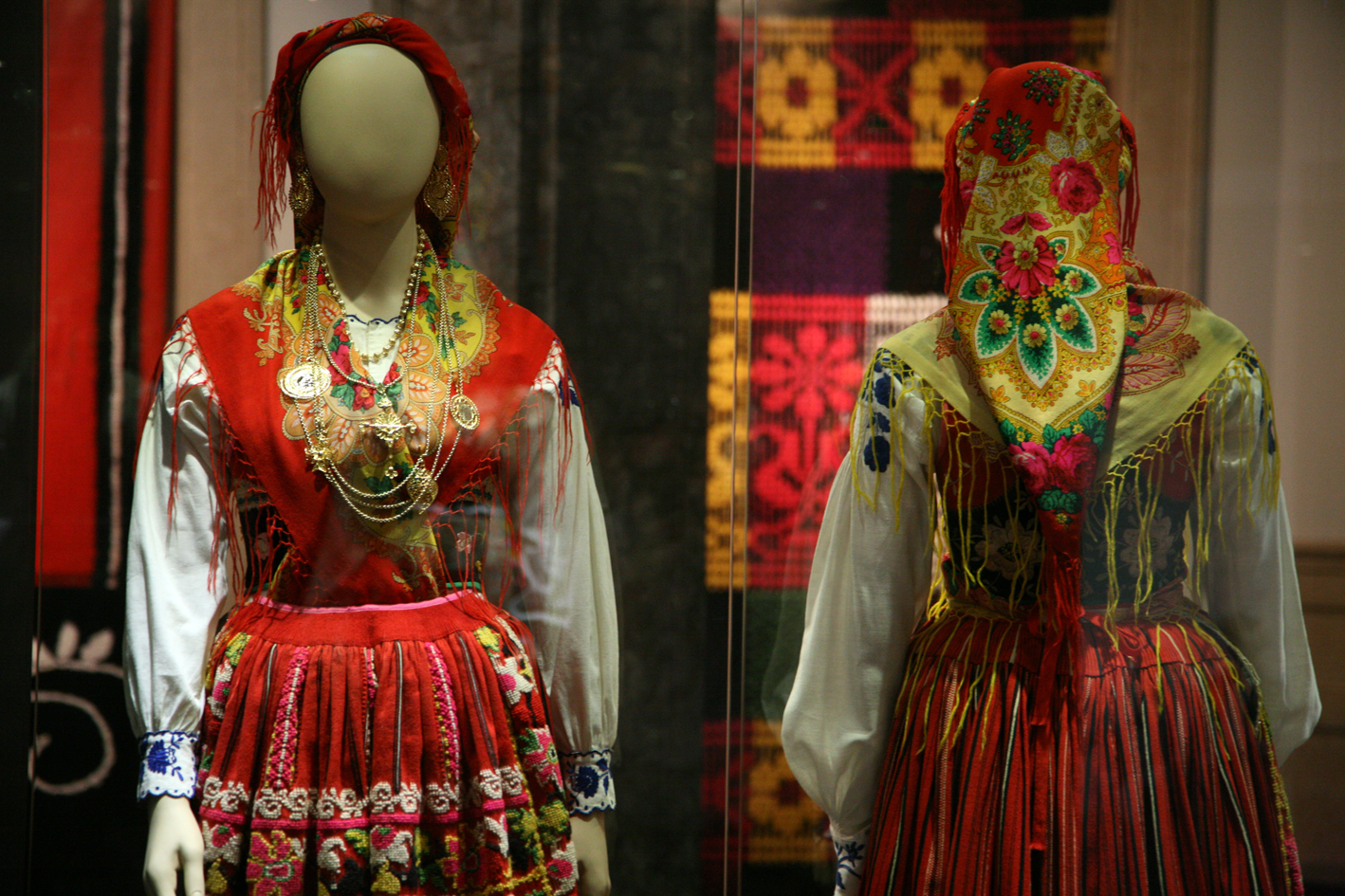
In 2014, American actress Sharon Stone walked a huge “Coração de Viana” through the streets of Beverly Hills, after a visit to Portugal. And, years later, the filigree also arrived to Netflix series “La Casa de Papel”. But the history of this delicate work is hundreds of years old: it was already used by the Minho women, on feast days and pilgrimages, in the 17th century. With their own imagery and patterns very different from any other filigree, some of the pieces have become timeless classics, such as the Rainha Earrings, the Heart of Viana, the Arrecadas or the Bead Necklaces. Basically they are very thin wires and tiny balls of metal – gold, silver or other metals – welded together to form a design. And remember: jewelry always makes for sure-fire Christmas gifts!
Olive Oil

In olive, olive oil or even in soap! There are many ways to consume it, as its versatility goes beyond gastronomy. The “liquid gold” is a star of the Mediterranean diet and the Portuguese olive oil is one of the best in the world, with awards won at European level. Religious rituals, symbolism and beliefs of various peoples are also linked to olive oil and olive trees, and the oldest records show the existence of olive trees in Portugal at the time of the Visigoths, between the 6th and 8th centuries AD.
Arraiolos Rugs
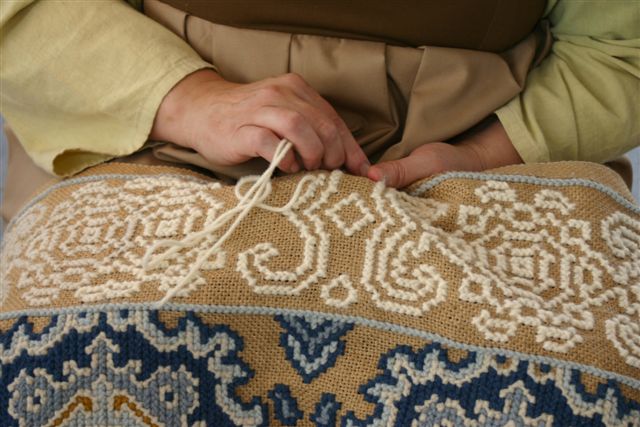
They are unique, handmade pieces, with centuries of tradition and – as a result of time – there are fewer and fewer embroiderers who dedicate themselves to this art, which has taken the name of the friendly Alentejo village to the four corners of the world. It is said that it began with the Moors (12th century), but regardless of its origin, the type of design used is a cultural mirror of the time in which it was made. Don't be fooled, there are plenty of imitations out there! To be sure of its authenticity, just look close: as manual work is not always perfect, you will find very slight human flaws, which will make it a really special gift.
Cork

From the cork oak, especially from Alentejo, is born the raw material that was once used to dress Lady Gaga, was used on Garrett McNamara's surf board and which has even coated a spacecraft that traveled to the Moon, as is the case of Apollo XI. It is another of Portugal's trademark images and, although wine bottle corks are the most popular cork objects, the material is used in all kinds of objects in our daily lives: from fashion accessories, to design pieces, furniture and architecture. Add it (cork) to your Christmas gift list.
Doce Fino

This Algarve delicacy is as appealing to the eyes as it is to the palate: they are colorful works of art modeled and painted by hand, on several curious shapes. There are those who argue that its origin is from convents, but like so much in the Algarve, it is very likely that it is of Arab influence. They are made with marzipan (almond dough) and can be stuffed with egg strands. They will make a delicious Christmas gift, especially for those with a sweet tooth!
São Jorge Cheese
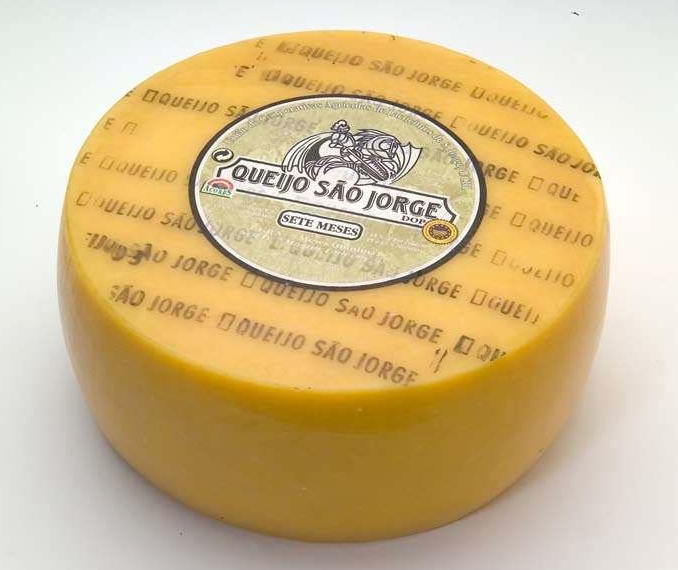
This gastronomic masterpiece has a totally different flavor from all other cheeses: strong, slightly spicy and unforgettable, it is a cured cheese, with a hard or semi-hard paste, and a yellowish color and the only one in Portugal certified with raw cow's milk. Its production method has been practically unchanged since the 15th century, when the São Jorge island was discovered. The story goes that its manufacture was encouraged by the Flemish community, experienced producers of foodstuffs such as meat, milk and dairy products. But be careful: don't confuse it with Queijo da Ilha, they are different things.
Recommended
